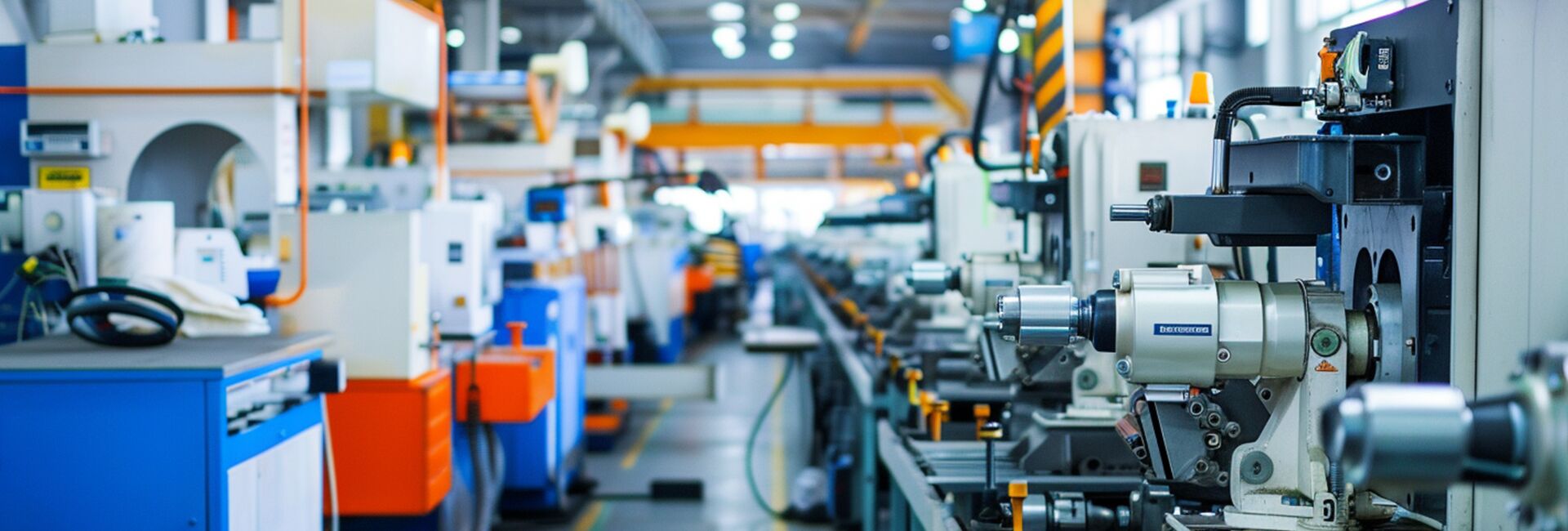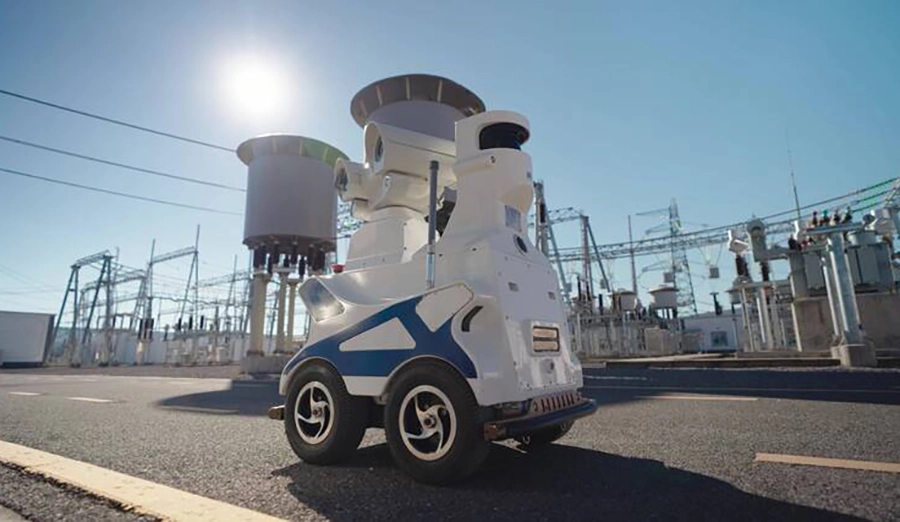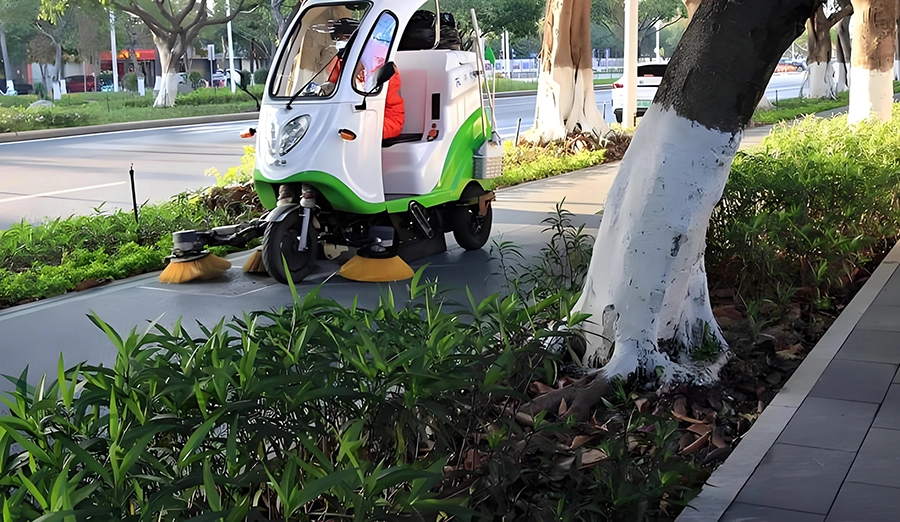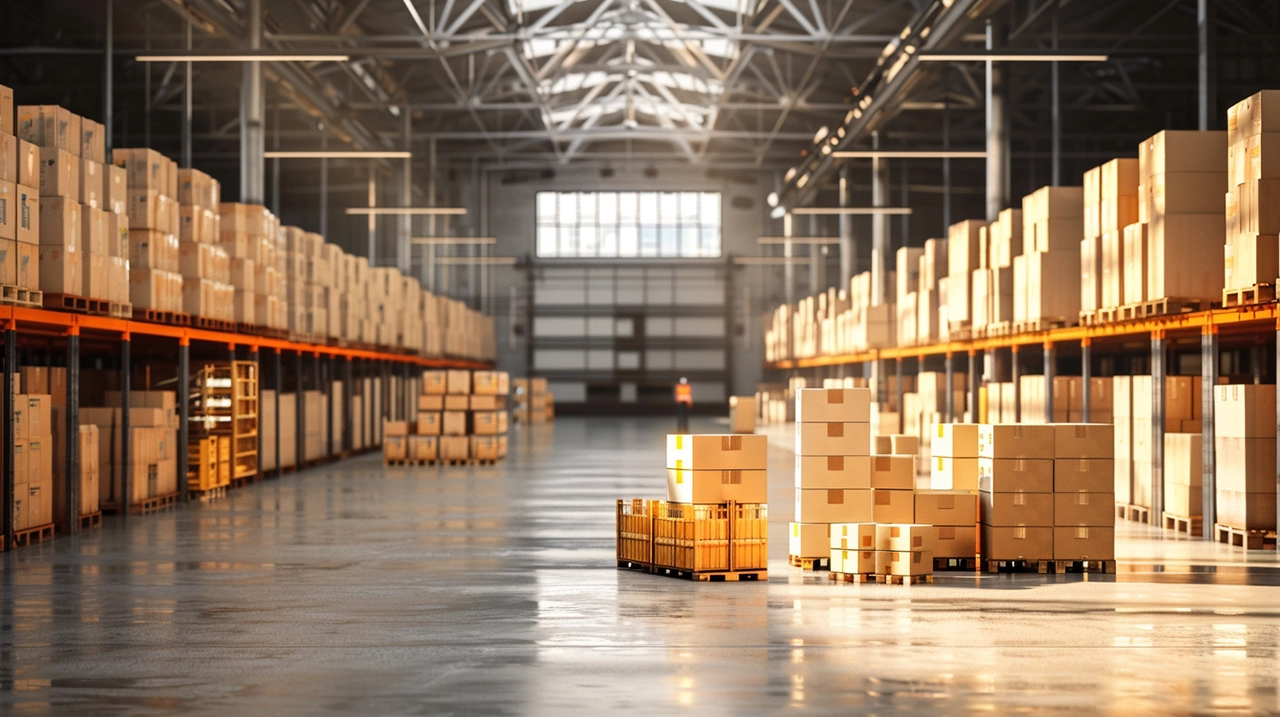
WIRELESS CHARGING IN THE NEWS
In the smart factories along China's coast, robotic arms are precisely performing millimeter-level welding operations, AGV logistics robots are moving in an orderly manner along the pre-determined trajectories, and engineers are monitoring the entire production process in real time through digital twin systems. This nationwide automation revolution is using industrial robots as a fulcrum to drive profound changes in China's manufacturing industry.
Industrial robots have broken through the physiological limitations of human labor. In fields with high repeatability and strict precision requirements such as automotive welding and electronic assembly, their operational accuracy can reach 0.02 millimeters, which is equivalent to one quarter of the diameter of a human hair. In the intelligent workshop of a certain home appliance enterprise in Guangdong, the product qualification rate of six-axis robots after continuous operation for 20 hours remained stable at 99.97%, which was nearly 30% higher than that of traditional production lines. This qualitative change in production stability has enabled Chinese-made mobile phones, new energy vehicles and other products to gain stronger competitiveness in the international market.
The cost reconstruction brought about by the automation upgrade is more profound. After introducing collaborative robots, a certain mechanical manufacturing enterprise in Suzhou reduced the number of operators on a single production line by 15 while lowering equipment energy consumption by 40%. The cost of intelligent transformation was recovered within three years. This multiplier effect of cost reduction and efficiency improvement is reshaping the value chain of China's manufacturing industry. Data from the Ministry of Industry and Information Technology shows that in 2022, the density of industrial robots reached 322 units per 10,000 people, doubling that of five years ago, directly boosting the profit margins of large-scale industrial enterprises by 1.8 percentage points.
From the Pearl River Delta to the Chengdu-Chongqing Economic Circle, industrial robot clusters are building a new industrial ecosystem. They are not only production tools, but also the core carriers driving the manufacturing industry to leap towards digitalization, networking and intelligence. When the sparks on the production line converge with the data flow, "Made in China" is making a historic leap from scale advantage to quality advantage.







